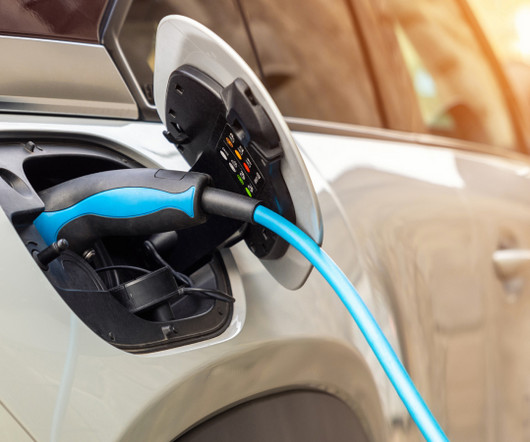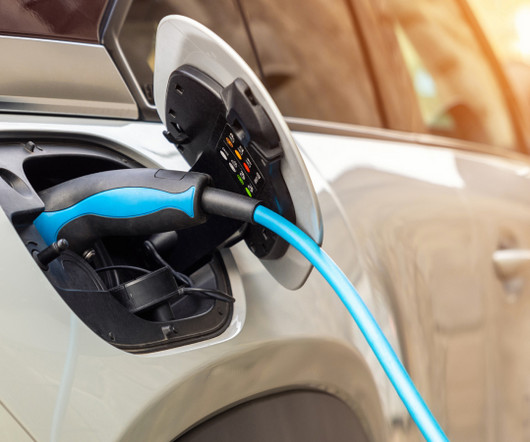Why Taxing Automation is a Bad Idea
Talking Logistics
FEBRUARY 8, 2018
Gates went on to theorize: “Right now, the human worker who does, say, $50,000 worth of work in a factory, that income is taxed, and you get income tax, social security tax, all those things. Since the dawn of manufacturing, business owners have always looked for ways to automate processes. And the silver lining?
















Let's personalize your content